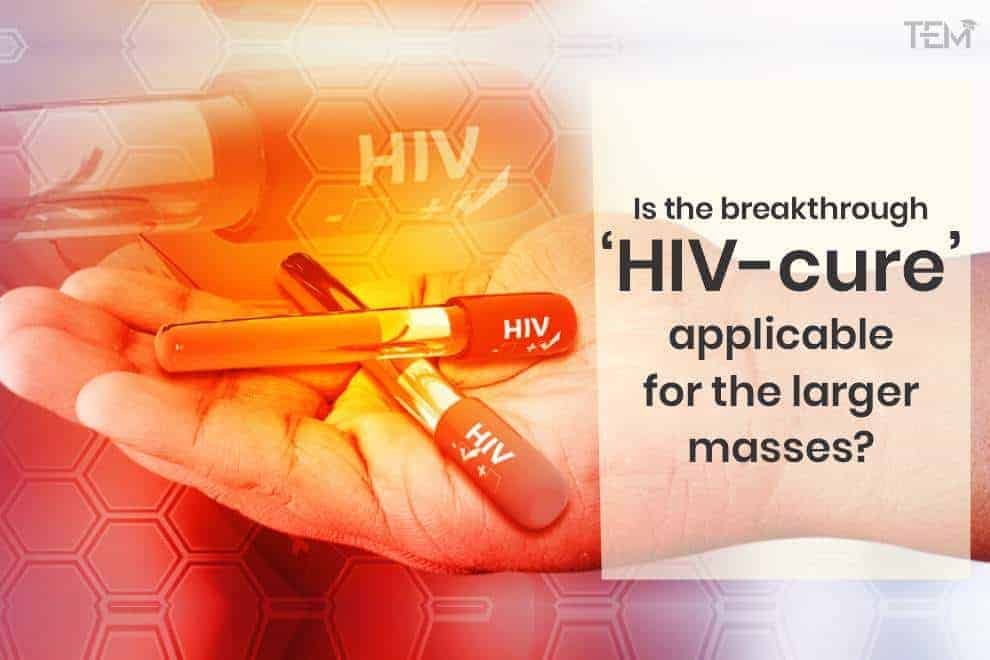For a long period of time, diseases like cancer and HIV-AIDS have been labeled as incurable. For years, scientists and researchers have been scratching their heads into finding an HIV-cure for wellness. Several experts have spoken of discovering a ‘miraculous’ cure in the future. Today, it seems as if we have landed in that future which they have been talking about for years.
In a recent piece of news, following a breakthrough treatment, scientists have possibly cured HIV in a woman for the first time! The patient who underwent the cutting-edge treatment is now off medications and continues to remain ‘healthy and asymptomatic’.
What is the breakthrough treatment?
The breakthrough HIV-cure procedure used to treat the woman is known as the haplo-cord transplant which was developed for treating people with blood malignancies who lack HLA-identical donors.
In haplo-cord treatment, cancer patients receive a transplant of umbilical cord blood which contains stem cells that amount to a powerful nascent immune system. A day later, they receive a larger graft of adult stem cells. The adult stem cells flourish rapidly, but over time they are entirely replaced by cord blood cells.
What are the conditional requirements?
In this case, the woman was detected with HIV in 2013 and leukemia in 2017. Race plays a huge role in this treatment. This is because finding a donor whose stem cells can cure HIV as well as cancer must have a close enough human leukocyte antigen, or HLA, match to maximize the likelihood that the stem cell transplant will engraft well.
The donor must also have the rare genetic abnormality conferring HIV resistance, which largely occurs in people with north European ancestry, and even people belonging to the native area (at a rate of 1%). So for those lacking substantial similar ancestry, the chance of finding a suitable stem cell donor is particularly low.
Here, the woman came from a mixed-race ancestry and the researchers found the required HIV-resistant genetic abnormality in the umbilical cord blood for an infant donor. They paired a transplant of those cells with stem cells from an adult donor. Both donors were only a partial HLA match to the woman, but the combination of the two transplants allowed for this.
Was the treatment successful?
The woman showed positive results. She has been in remission from her leukemia for over 4 years and 3 years after her treatment, the doctors discontinued her HIV treatment. 14 months later, she still hasn’t experienced any repercussions. Moreover, the researchers drew her immune cells and tried infecting them with HIV, but it showed no results.
Is this applicable to larger masses?
Well, the answer is no. One of the researchers from the study group proclaimed during an interview that this treatment cannot be applicable for the 36 million people around the world who are infected with HIV. In this case, the woman had an underlying disease that required a stem cell transplant. Hence, the treatment can be more of a ‘proof of concept’.
While there is no practical and applicable HIV-cure on a large scale, there have been incredible strides in HIV treatment over the years that allow individuals to live a normal and healthy life.
Read more: Medical marijuana may help children with severe epilepsy










